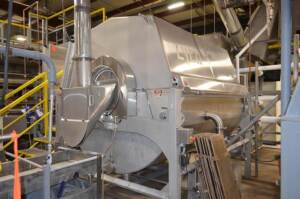The latest from our marketing experts
Why Great Web Design Matters for Manufacturers
WDAweronika2025-05-21T12:55:26-04:00Categories: A SEO Web Design Company, Digital Marketing, Digital Marketing for Manufacturers, Industrial Marketing, Marketing Agency Creativity, SEO for Manufacturing Companies | Manufacturer Web Designers|
In today’s industrial landscape, your website isn’t just a digital brochure—it’s often your first handshake with a potential customer. And if it doesn’t convey [...]
How Is Ranking Different When Comparing PPC vs. SEO
WDAweronika2025-04-17T11:49:57-04:00Categories: A SEO Web Design Company, Common SEO Questions, Marketing Agency Creativity|
Every business wants to rank at the top of Google, but there are two ways to get there: Pay-Per-Click (PPC) advertising and Search Engine [...]
Mastering SEO: How to Create a Winning B2B SEO Campaign
WDAweronika2025-05-09T12:56:54-04:00Categories: A SEO Web Design Company, Local SEO Services for Small Business, Marketing Agency Creativity, Marketing Articles, SEO Trends|Tags: SEO Info|
In today’s fast-paced digital world, effective search engine optimization (SEO) is key to building a strong online presence. Whether you’re a small business owner or [...]
ADVAN SEO & Web Design Company
ADVAN is a team of talented designers, SEO experts, and marketing specialists who can make the internet work for your business. We keep a cost-effective focus on marketing and increase the number of quotes in your sales pipeline. If you’re looking for a graphic designer, web developer, or marketing agency near me, talk to our team.
Connect with us in our favorite ways
MARKETING SERVICES
CONTACT
Design Studio:
3916 Clock Pointe Trail, Suite 102
Stow, Ohio 44224
Akron Sales Office:
12 E. Exchange Street, Suite 300
Akron, Ohio 44308
© 2024 ADVAN SEO & Web Design Company | Privacy Policy | Sitemap | Website Design
*All prices are subject to change without notice.





